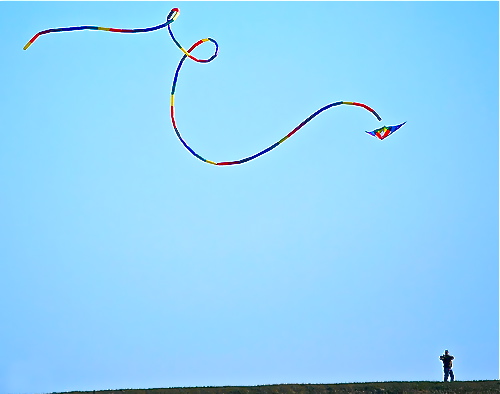Pain, Suffering and Dissonant Chords
Guest Blogger
I am no fan of atonal music, but that does not mean I disapprove on principle of all atonal notes. What I object to in atonal music is the total surrender to atonality. Tchaikovsky and Bach’s compositions make frequent use of dissonant chords, but that dissonance comes within a greater package of beauty. Just as many women in the 1950’s painted fake moles on their cheeks to enhance the overall appeal of their face, so Tchaikovsky and Bach understood that cacophonous sounds properly used could lift the overall music on to a higher level of beauty.
Taken in isolation, the eyes, lips, and nose of Sophia Loren are all slightly outside the parameters of classical perfection. And yet, combined together in a pattern of which God was the final author, those eyes, lips, and nose magically cohere into the legendary beauty of Italy’s most famous actress.
Too often artists who are Christians, in their commendable desire to inspire, edify, and uplift, shy away from the darker dimensions of human life. Though there is a time and a place for such stories, poems, painting, and films, the impulse behind them reminds me too much of those disturbing (and unbiblical) depictions of the crucifixion in which Jesus has a look of stoic calm on his face.
We are enfleshed souls living in a fallen world, and when the Second Person of the Trinity chose to empty himself and take on our flesh, he chose as well to dwell beside us in our world of sin and suffering. The Incarnation was God’s second monumental work of creation, and I believe that it was an even greater work than the first. Genesis 1 tells the story of how God fashioned a beautiful and perfect world out of nothing, but the gospels tell a story of how God took a fallen and broken world and redeemed it from within.
We worship a savior who can create goodness, truth, and beauty out of raw materials that are tainted by evil, deception, and ugliness. Indeed, he uses the pain to increase the glory. Great art does the same; it affects, in lesser form, a felix culpa (Latin for "happy fault"). As the church fathers realized when they searched the scriptures, the Fall of Man, though a thing bad and ugly in itself, led the way to God’s greater outpouring of love in the Incarnation. In the same way the culpa of the crucifixion led to the felix of the Resurrection.
The best and most lasting Christian art—from Dante to Dostoevsky, Michelangelo to Milton, Bach to Browning, El Greco to O’Connor—does not avoid the dark side, but presses through it to reveal the glory that shines over the beautiful and the broken, the glamorous and the grotesque. Our art does not free us from pain, suffering, and dissonant chords, but seeks to find meaning and purpose in them and to use them as the tail of a kite is used: not to drag the kite to the ground but, by its drag, to help it soar higher into the heavens.
Guest blogger, Louis Markos (www.Loumarkos.com), Professor of English and Scholar in Residence at Houston Baptist University, holds the Robert H. Ray Chair in Humanities; his books include From Achilles to Christ: Why Christians Should Read the Pagan Classics, On the Shoulders of Hobbits: The Road to Virtue with Tolkien and Lewis, and Heaven and Hell: Visions of the Afterlife in the Western Poetic Tradition.
